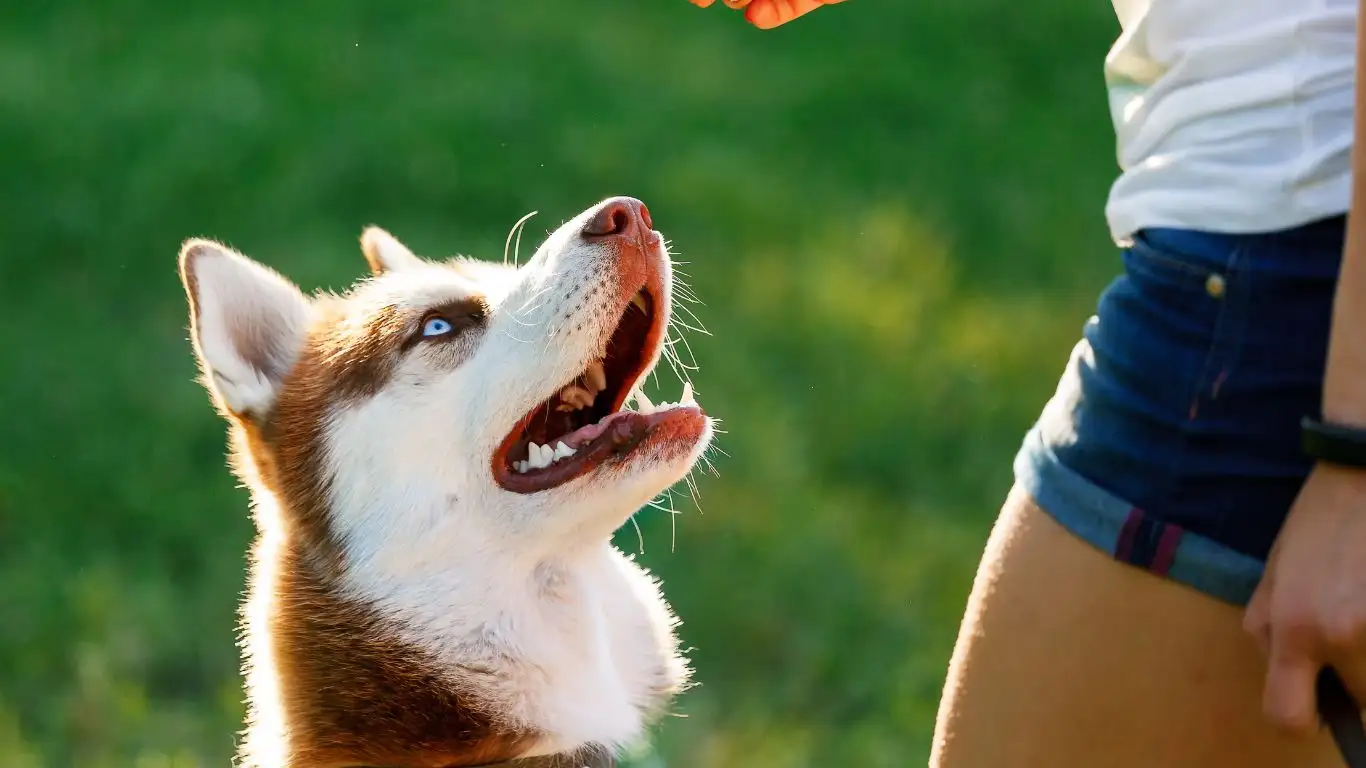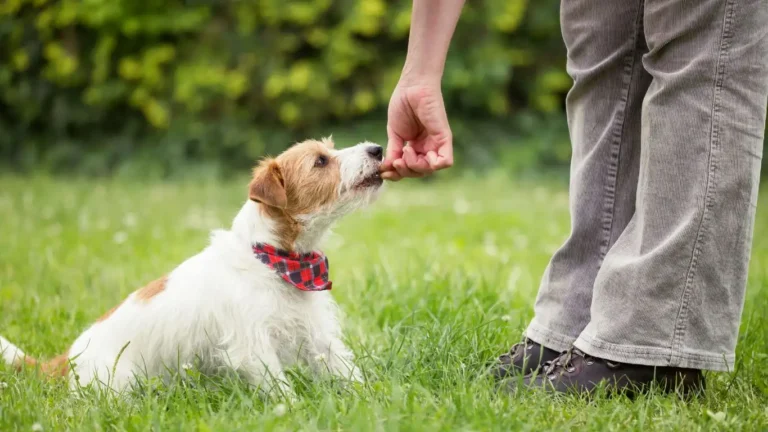Simple Steps to Train Your Dog to Accept Wearing a Harness Effectively
When it comes to training a dog, one of the most important steps is helping your pup feel comfortable with everyday activities, including wearing a harness. As a Certified Professional Dog Trainer – Knowledge Assessed (CPDT-KA), I’ve worked with many dogs who initially resist the idea of wearing a harness, and I can tell you firsthand that it’s not an uncommon challenge. However, with patience, consistency, and the right approach, you can help your dog not only accept but also enjoy wearing a harness. So, if you’ve ever wondered how to train a dog to accept wearing a harness, you’re in the right place! In this article, I’ll walk you through the process step by step, with practical advice that I’ve found works well with my clients and their dogs. Let’s dive in!
Why Some Dogs Resist Wearing a Harness
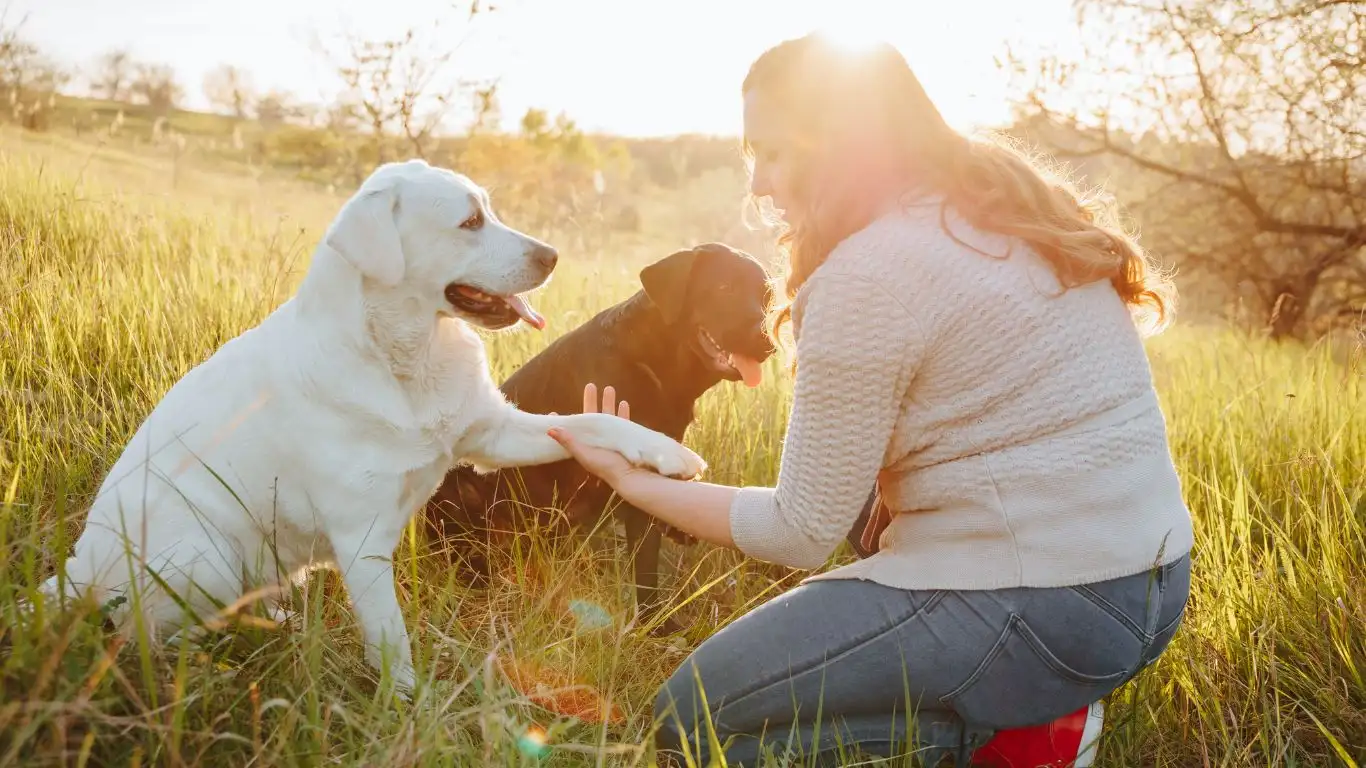
Before we jump into how to train a dog to accept wearing a harness, it’s essential to understand why some dogs have difficulty with it in the first place. After all, if you’re wondering how to train a dog to accept wearing a harness, the root cause of the issue can play a huge role in finding the best solution.
Dogs, especially puppies or those who haven’t worn a harness before, may not be used to the sensation of something on their bodies. Think of it like wearing a new pair of shoes that are stiff and uncomfortable at first – your dog might feel the same way about the harness. Other common reasons dogs resist harnesses include:
- Previous negative experiences: If your dog has ever had a harness put on in a hurry or incorrectly, they may associate it with discomfort or fear.
- Lack of familiarity: A harness might simply be unfamiliar to your dog, and anything new can be a bit intimidating.
- Discomfort or irritation: Poorly fitted harnesses that are too tight, loose, or made from uncomfortable materials can make dogs anxious about wearing them.
- Behavioral tendencies: Some dogs are naturally more sensitive or stubborn, which might make them more resistant to trying new things like a harness.
Understanding Your Dog’s Body Language
One of the most important aspects of how to train a dog to accept wearing a harness is being aware of your dog’s body language. Dogs communicate a lot through their body movements and facial expressions, and it’s crucial to read these signs to gauge how they’re feeling about the harness.
Look for subtle clues, such as:
- Tensing up: If your dog’s body stiffens when you introduce the harness, they might be feeling unsure or stressed.
- Trying to escape: If your dog tries to squirm out of your grasp or run away, they’re likely feeling fearful or uncomfortable.
- Pawing at the harness: Some dogs will paw at the harness as a way of signaling that it bothers them. This can be a sign of discomfort or confusion.
- Submissive postures: A dog that flattens their ears, lowers their head, or cowers may be feeling scared or threatened by the harness.
Understanding these signs allows you to adjust your approach and make the process more enjoyable for your dog, building their trust in the process. In my experience, dogs are more likely to accept the harness when they feel in control and comfortable, which is why patience and gradual desensitization are key.
Introducing the Harness Slowly
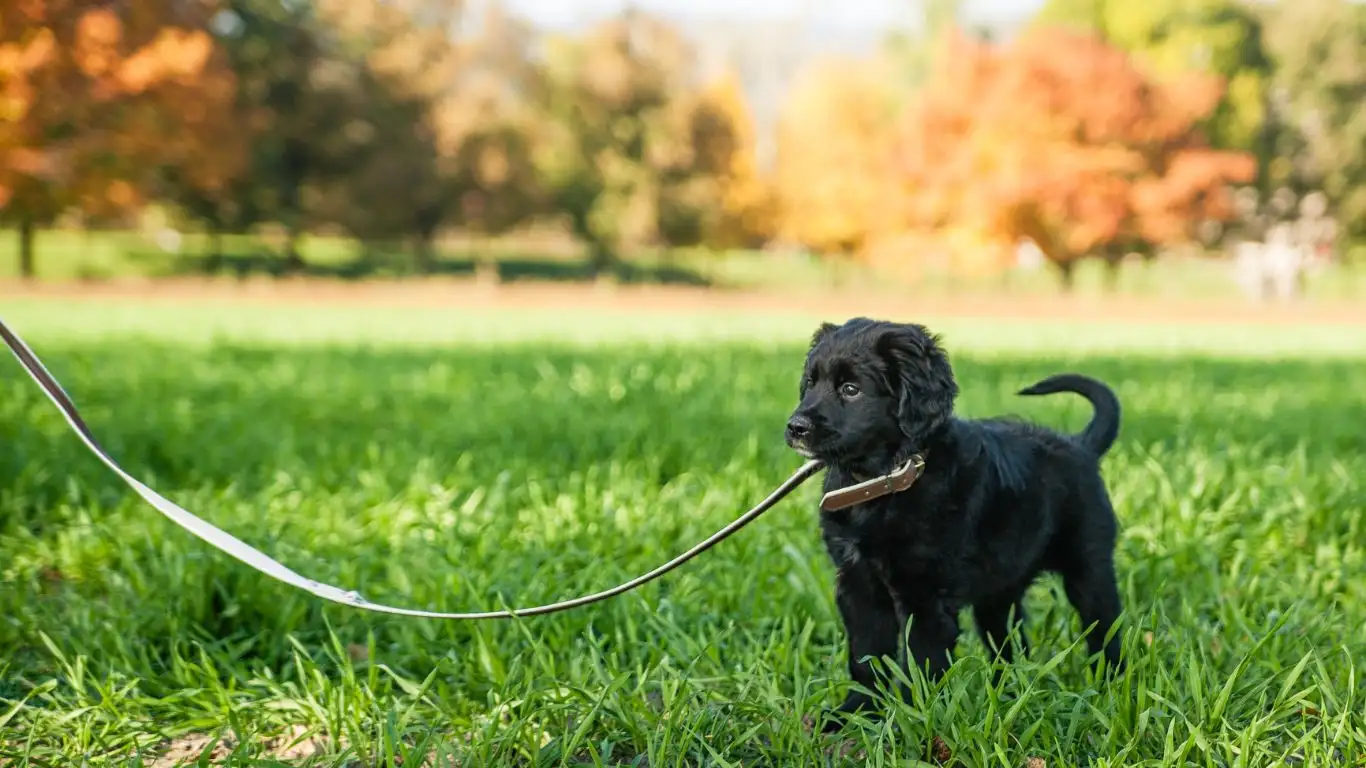
Now that we know why dogs may resist a harness, let’s talk about how to train a dog to accept wearing a harness in a way that’s both gentle and effective. The first step is to introduce the harness gradually – no sudden movements, no rush. Dogs are creatures of habit, and sudden changes to their routine can be overwhelming.
Start by letting your dog sniff the harness. This is a great way for them to investigate and become familiar with it. Don’t force it on them – just let them explore it at their own pace. You can also pair this introduction with treats and positive reinforcement to make the harness a more appealing object. In fact, one of the most effective training techniques I use is associating the harness with something enjoyable, like a tasty treat or a fun play session after wearing it for a short time.
Step-by-Step Guide to Putting on the Harness
Once your dog is comfortable sniffing the harness, you can move on to the next step: putting it on. Here’s a step-by-step guide:
- Start by letting your dog see the harness: Hold it in front of them and let them sniff and investigate it. Use a calm, encouraging tone to help them feel at ease.
- Place the harness gently on your dog’s back: Don’t try to secure it yet. Let your dog get used to the sensation of the harness resting on their body.
- Gradually secure the harness: Once your dog is comfortable with the harness on their body, gently secure it. Take it slow, and don’t force any parts of the harness into place.
- Offer praise and treats: When the harness is in place, offer your dog lots of praise and a treat to create a positive association with the harness.
Remember, this process might take several attempts, so don’t rush it. In my experience, allowing dogs to get used to the harness slowly and associating it with positive experiences helps them accept it without stress or fear.
Building Positive Associations with the Harness
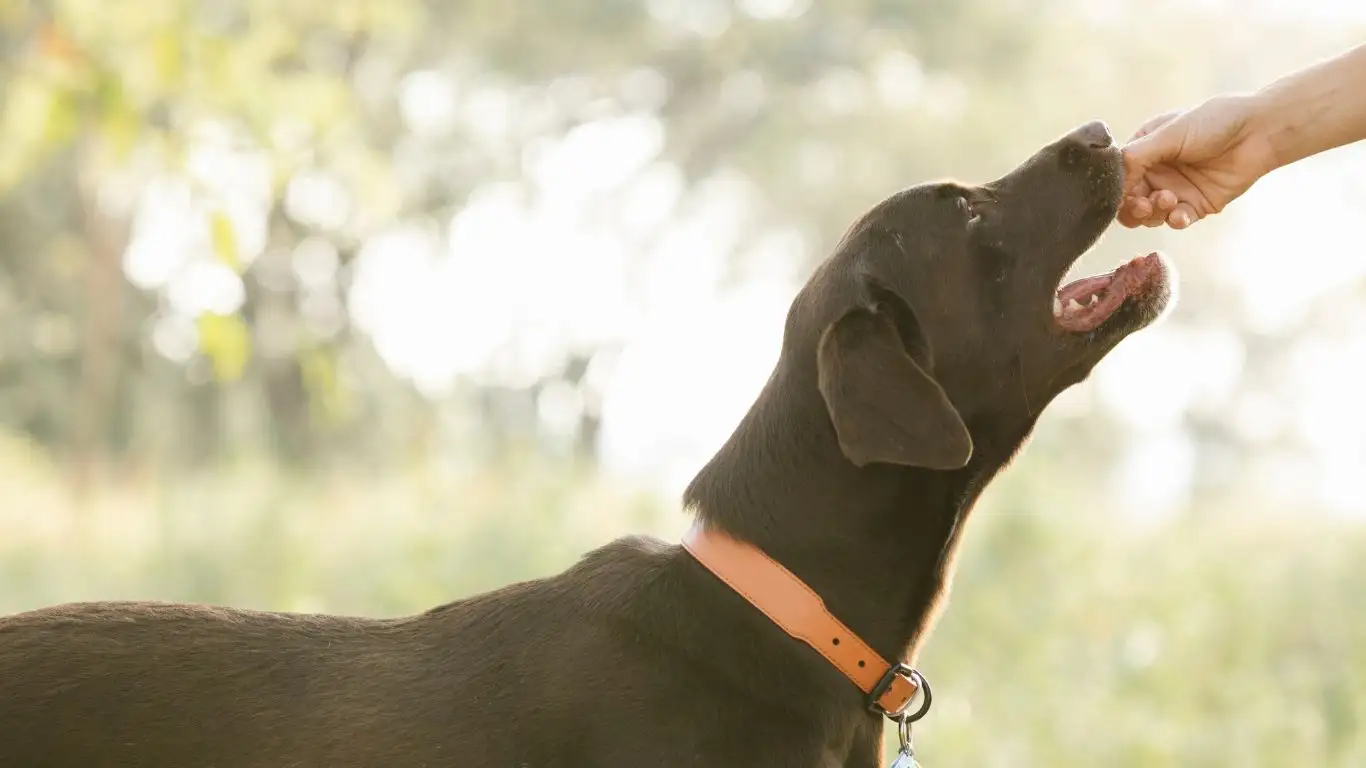
The key to success when training a dog to accept wearing a harness is creating positive associations. This means that every time your dog interacts with the harness – whether they’re sniffing it, wearing it, or walking in it – they should feel like something good is happening.
Use positive reinforcement consistently. Reward your dog with treats, praise, or playtime whenever they show calm behavior around or while wearing the harness. For some dogs, it can be helpful to break the training into small, manageable sessions so that they don’t become overwhelmed.
In my experience, patience is the foundation of success. Your dog needs to trust that wearing the harness will not only be safe but also enjoyable. As you work through this process, you’ll both build a stronger bond and a deeper level of understanding.
Gradual Progress: Getting Your Dog Used to Wearing the Harness
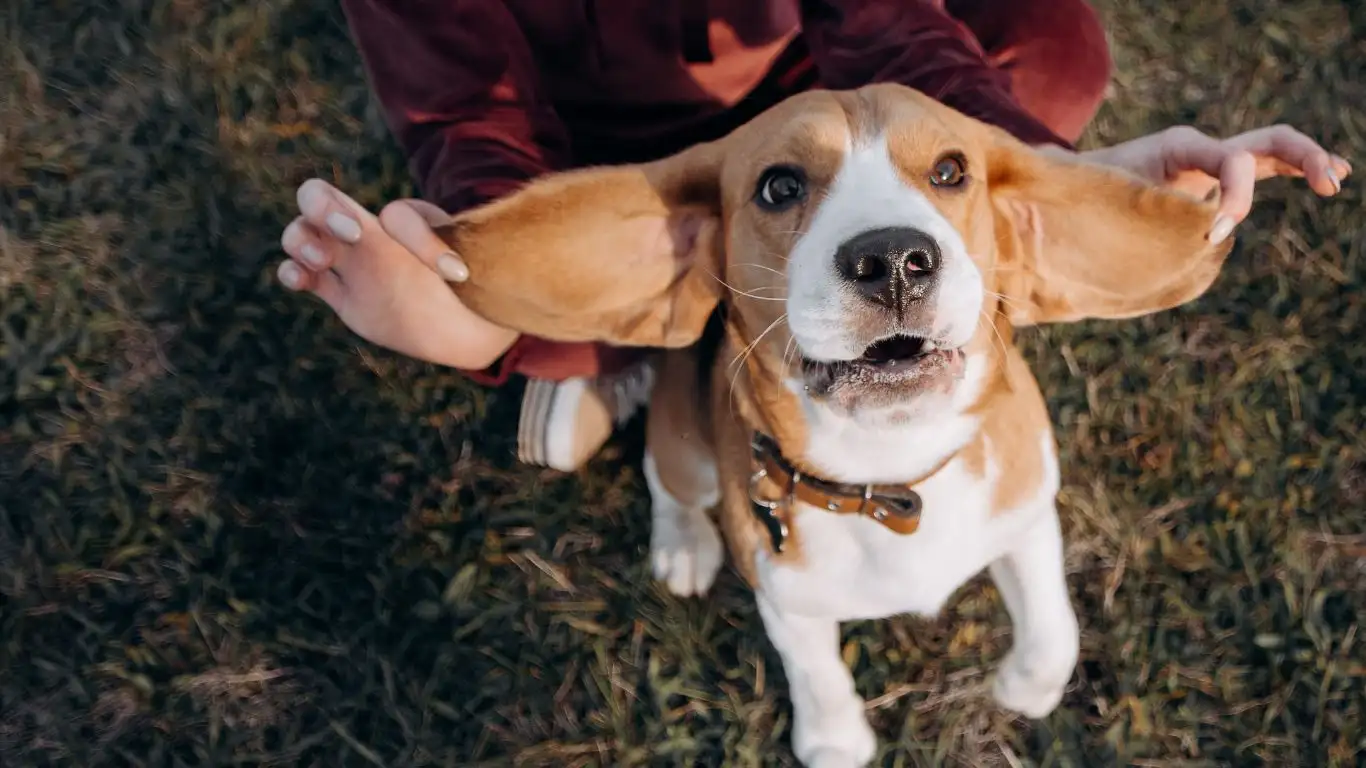
By now, your dog is likely a little more familiar with the harness, and you’re seeing some positive progress. But getting your dog to accept wearing a harness isn’t just about the initial introduction – it’s about making gradual progress so that they feel truly comfortable over time. When it comes to how to train a dog to accept wearing a harness, the key is consistency and patience.
As a dog trainer, I’ve seen many dogs go through different phases when adapting to a harness. Some might take to it like it’s nothing, while others need a bit more time. Whatever the case may be, you need to be prepared for some ups and downs. Your dog’s comfort level with wearing the harness will increase with each step you take, but it’s essential to approach this phase with empathy and a slow, steady pace. Keep in mind that every dog is different, and your dog’s journey might take a little longer than others – that’s perfectly okay!
Short, Positive Sessions
Once your dog is comfortable with the harness being on them for a few moments, it’s time to take it to the next step: wearing the harness for longer periods. However, be sure to keep initial sessions brief to avoid overwhelming your dog. In my experience, it’s always better to start with a few short sessions and gradually lengthen the time as your dog gets used to it.
For example, start with a five-minute session of your dog wearing the harness while they relax in their favorite spot. While they’re wearing it, engage them with something they love – whether that’s gentle petting, a tasty treat, or a favorite toy. This positive reinforcement helps them associate the harness with fun and relaxation.
Introducing Movement: Walking with the Harness

Now that your dog is becoming accustomed to wearing the harness for longer periods, it’s time to introduce movement! This is an exciting step because it means your dog is starting to associate the harness with real-world activities, like walks or playtime. But just like the earlier phases, this step requires patience and gradual progression.
Start with very short indoor sessions. I’ve found that taking the dog on a leash inside the house or in a familiar yard helps them feel more secure. While on a leash, give your dog plenty of positive feedback when they walk or even just move around with the harness on. Don’t forget to reward them with treats, praise, or their favorite toy to keep their experience positive.
Remember, never pull or tug on the leash while your dog is getting used to walking with the harness. The goal here is to create a relaxed experience where your dog feels comfortable and confident in their movements. Over time, they’ll start to associate the harness with the fun of walking, and that’s when they’ll start looking forward to it.
How to Handle Setbacks During Training
As much as we’d like to think everything will go smoothly, there are bound to be setbacks. Some days, your dog may show resistance to wearing the harness or refuse to move around in it. This is completely normal – it’s all part of the process. The key here is to stay calm, adjust your approach, and maintain consistency.
If your dog is struggling one day, try taking a step back. You might need to reduce the length of your sessions or give them more time to relax before trying again. When setbacks happen, it’s important not to get frustrated. I always remind my clients that progress isn’t linear. Every dog learns at their own pace, and a little patience can go a long way.
One thing I’ve found helpful is to switch up the environment. If your dog isn’t responding well at home, try taking them to a quiet area outdoors, like your yard or a park, where they can experience the harness in a different setting. Changing the scenery can sometimes help the dog break through any resistance and feel more comfortable.
Increasing the Duration of Harness-Wearing
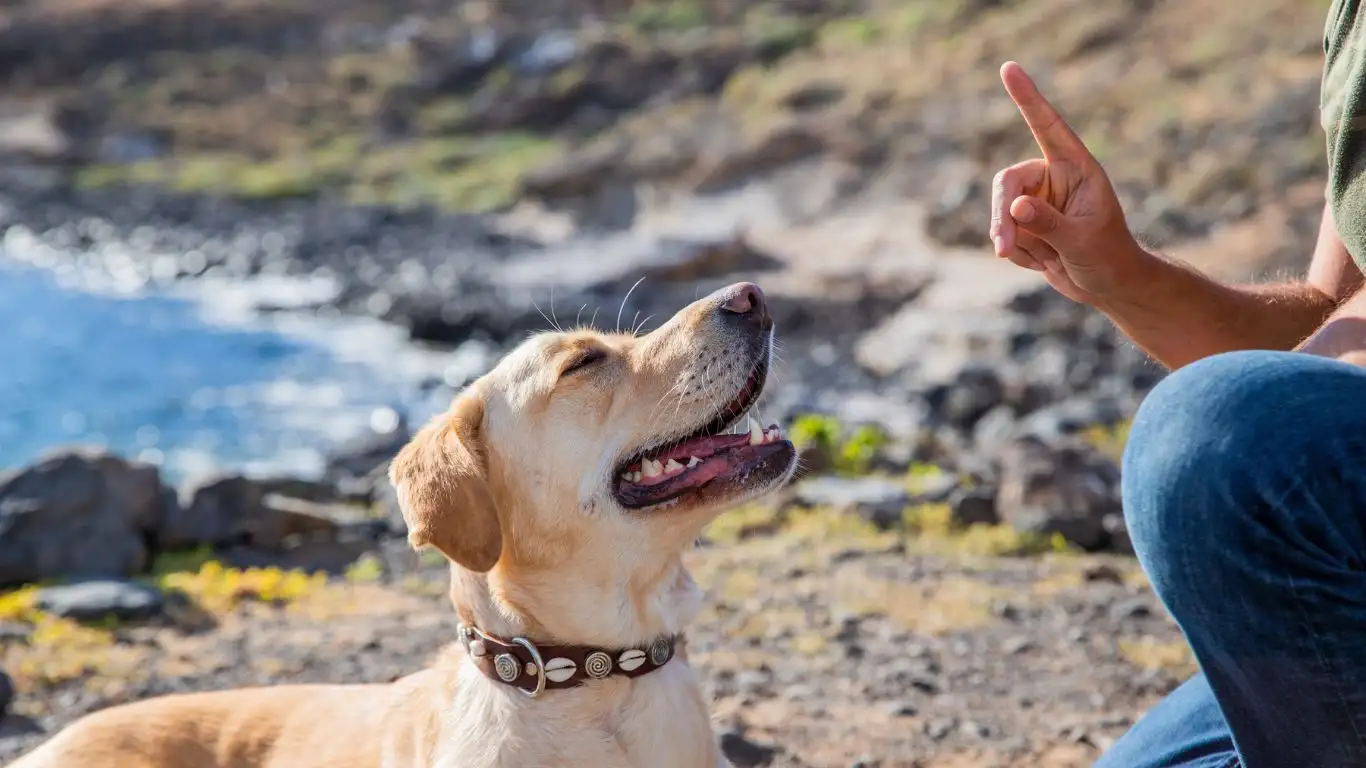
Once your dog is comfortable with short sessions and is walking around confidently with the harness, it’s time to gradually increase the duration of wearing the harness. The goal is for your dog to wear the harness for longer periods without distress, eventually getting them to the point where it becomes a regular part of their daily routine.
I suggest extending the duration in small increments. If your dog has been wearing the harness for 10 minutes, try extending it to 15 minutes the next time. Keep an eye on their body language – if they show signs of stress or discomfort, take a step back and shorten the session. The idea is to push their comfort level little by little, not to overwhelm them.
Another great way to make longer sessions more enjoyable for your dog is to engage in fun activities. You can try some indoor games, like a gentle tug of war, or set up a small agility course in your yard. This helps your dog associate the harness not just with walks but also with play and fun. The more your dog associates the harness with positive experiences, the quicker they’ll adapt to wearing it for longer stretches of time.
Stay Consistent and Keep It Fun!
One of the biggest takeaways from my experience as a dog trainer is that consistency is essential. If you’re trying to figure out how to train a dog to accept wearing a harness, staying consistent with your approach and rewarding positive behavior is the way to go. With each successful session, you’re building trust and reinforcing the idea that the harness is a good thing.
And don’t forget to make the process fun! Whether you’re playing, walking, or simply hanging out together, the more enjoyable the experience, the quicker your dog will accept wearing the harness. Keep the training sessions upbeat, and remember that your dog is learning from every interaction – positive or negative – so be patient, keep it light, and celebrate the small victories!
Case Studies & Real-Life Examples

It’s always helpful to learn from real-world experiences when it comes to dog training, so I wanted to share a couple of case studies that highlight how gradual training techniques really work when teaching a dog to accept wearing a harness.
Case Study 1: Max, the Rescue Pup
Max was a young rescue dog who had a bit of a rough start in life. He had been found roaming the streets and was understandably wary of humans, let alone anything that went around his neck or body. When his new family tried to introduce a harness, Max would immediately freeze up and try to back away. It was clear that he wasn’t used to the sensation of anything being placed on him.
We started by allowing Max to sniff the harness and rewarded him with treats for his calm reactions. Over time, we increased the sessions where the harness was placed on his body, initially without securing it. After a few weeks, we began attaching the leash and letting Max walk around inside. It was a slow process, but eventually, Max started to associate the harness with walks and playtime. The key was to build trust, avoid forcing anything, and let Max go at his own pace. Today, Max is a happy dog who happily wears his harness for daily walks!
Case Study 2: Bella, the Stubborn Pup
Bella, a spirited Border Collie, was a bit more stubborn when it came to wearing a harness. She was a high-energy dog who loved to run, but the idea of a harness – especially one that restricted her movement – was not something she was willing to accept without a fight. She would immediately try to paw it off or roll on her back in protest.
We took a different approach with Bella. Instead of immediately focusing on wearing the harness for longer periods, we turned the situation into a game. I used a series of positive reinforcement techniques, rewarding Bella every time she wore the harness for even just a few seconds. We slowly extended the duration, but with plenty of breaks and always ending on a positive note, like playing fetch with the harness on. Over time, Bella started to associate the harness with fun and play. Today, she not only wears her harness but is excited to put it on for her daily runs!
Key Takeaways: What You Need to Remember
So, after all the steps and strategies we’ve covered, here are the most important things to remember when training your dog to accept wearing a harness:
- Take it slow: The key to success is gradual progress. Never rush the process, and let your dog become accustomed to the harness at their own pace.
- Positive reinforcement: Reward your dog with treats, praise, and affection whenever they show calm behavior around the harness. This helps create positive associations with the experience.
- Patience is essential: Every dog learns at their own speed. Some might take a few days, while others may take weeks. Be patient and avoid getting frustrated.
- Don’t force it: If your dog is showing signs of distress or discomfort, back off and try again later. Forcing a dog into a harness will only make them associate it with negative experiences.
- Consistency is key: Consistent practice and positive reinforcement will help your dog gradually accept wearing a harness as part of their routine.
FAQs
Q: How long will it take for my dog to get used to the harness?
A: The time it takes for a dog to get used to wearing a harness varies depending on the dog’s temperament, past experiences, and how consistently you work with them. Some dogs may take just a few days, while others may take several weeks. The key is to go at their pace and always reinforce positive behavior.
Q: What should I do if my dog keeps trying to take the harness off?
A: If your dog keeps trying to remove the harness, try using higher-value treats or toys to distract them. Ensure the harness is fitted correctly and isn’t causing any discomfort. If necessary, take breaks and let your dog get used to the sensation gradually. Gradually increase the amount of time they wear it, always ending the session on a positive note.
Q: Can I use a collar instead of a harness?
A: While collars are fine for some dogs, a harness is generally recommended for walking, especially for dogs with respiratory issues or those that pull a lot. A harness provides more control and reduces strain on the neck. However, you should choose the right type of harness for your dog’s needs.
Bonus: Additional Resources or DIY Tips
Here are a few bonus tips and additional resources to help you in your journey of training your dog to accept wearing a harness:
- DIY Harness Training Game: Turn harness training into a fun game by placing treats in a bowl while your dog wears the harness. The game can also involve hiding the treats under cups or toys for them to find while wearing it.
- Watch Online Tutorials: Sometimes, visual aids can be extremely helpful. There are many dog trainers and pet owners who share their harness training journeys on platforms like YouTube. These can offer new perspectives and ideas for your training sessions.
- Consult a Professional: If your dog continues to struggle with wearing a harness, consider seeking help from a professional dog trainer. They can provide personalized advice and ensure your dog’s training is progressing effectively.
Appendix: Table, References, Disclaimer, and Call to Action
Disclaimer: The information provided in this article is based on my experience as a Certified Professional Dog Trainer – Knowledge Assessed (CPDT-KA) and is intended for informational purposes only. Always ensure that the harness you are using is well-fitted and suitable for your dog’s breed and size. If your dog exhibits severe signs of distress or anxiety, consult a veterinarian or professional dog trainer for further advice.
Call to Action: Ready to get started? Take your first step towards training your dog to accept their harness today! Remember to take it slow, keep it fun, and celebrate the small victories along the way. If you have any questions or need personalized advice, feel free to reach out to me or consult other training resources. Your dog’s comfort and well-being are worth the effort!
